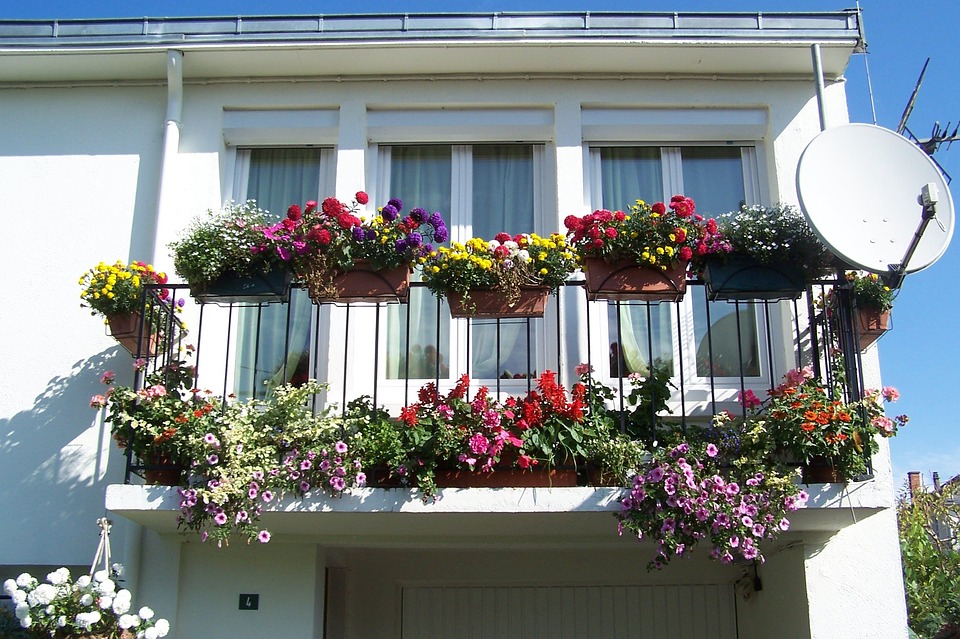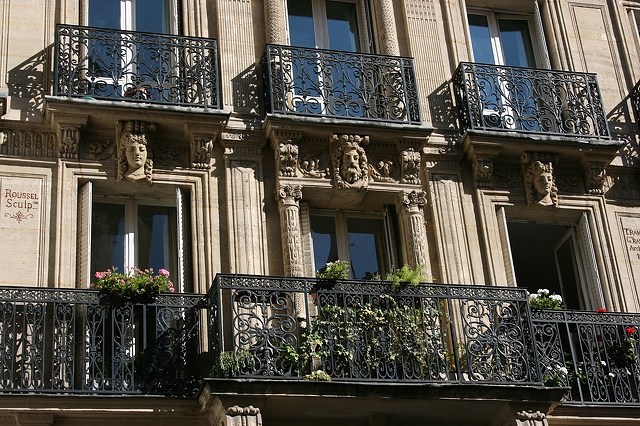Get to Know Your Home: Balconies
Few architectural features are viewed with as much romance as balconies. They are the site of royal celebrations, of public pronouncements by figures from popes to Julian Assange, and of Romeo and Juliet’s first meeting in countless theatrical productions. In our own lives, they can be a welcome respite from the bustle of crowded streets, a place to enjoy the sights and smells of nature, or just a sunny spot for a cup of coffee. Balconies aren’t all the same, and they certainly aren’t all romantic or spectacular, but if you know how to use them, they can add both function and style to your home. Just don’t expect to start any star-crossed love affairs there.
The early history of the balcony is all business. In a world with no electric fans, the Romans used balconies to provide ventilation to the upper levels of their homes or to apartments, a must in the hot Mediterranean climate. Finding remains of these balconies is rare, but earlier this year, archaeologists discovered a row of them in Pompeii, complete with brightly colored floral and animal decorations and amphorae of oil and wine. In the middle ages, they served a more martial purpose. In times of war, high-walled, wooden balconies called hourds could be installed on castle walls to provide protection for defenders as they fired arrows and dropped rocks on attackers below.
Today, as in the past, balconies come in many varieties and have different purposes, from highly-functional to mostly decorative. True balconies, those with significant outdoor living space, are the most integral to a home’s design, since they take up the significant space and require the most architectural support. They’re also the most versatile, providing space for chairs, a small table, or, in luxury spaces, much more. The trick is not to overcrowd them – the fact that you can put a full dining set out your balcony doesn’t mean you have to, and you’ll enjoy the space more if you don’t feel claustrophobic. Durable furniture that can stand up to the weather is a good bet, with cushions and other softer touches stored nearby to make it easy to add a little extra comfort.

Though true balconies can be hard to come by, their smaller cousins have much to offer as well, and they have the added advantage of being able to be added to an existing home with minimal structural adjustment. There are two main types: faux and false. And yes, somewhat inexplicably, they are different. Faux balconies aren’t really balconies at all, but rather railings placed outside a window. They don’t have a floor of any kind, and they mostly function to improve the look of a home from the outside.
False balconies are, to my mind, a little more interesting. They don’t have much floor space, generally extending no more than 6-8 inches from the edge of the building, but they’re large enough for a few flower pots or even, if you’re feeling really ambitious, the front legs of a chair. Their railings are sturdy enough and generally high enough that they’ll prevent people and animals from falling out, so you can open the full height windows or French doors that lead to them without worry. One popular subtype is the Juliet balcony, not surprisingly named for Shakespeare’s heroine, which involves minimal outdoor space and a decorative railing.
The internet (surprise, surprise) is divided on the utility of these false balconies. Writing for Gothamist, Jen Carlson refers to the Juliet balcony as an “architectural atrocity” that makes people believe they have outdoor space when in fact it’s all a cruel joke. Regina Yunghans takes the rosier view that Juliet balconies aren’t so much about bringing your home outside as they are about bringing the outdoors in a bit. And maybe she’s onto something. A few pots of herbs can give the feeling of a garden, and you don’t actually have to sit outside to benefit from the fresh air a large window or door opening lets in. Just like you don’t have to sit in your fireplace to appreciate a cozy blaze in the winter. Just put a comfortable chair nearby, curl up with a book, and enjoy! I’m pretty sure your balcony experience will end better than the original Juliet’s.

